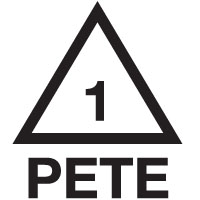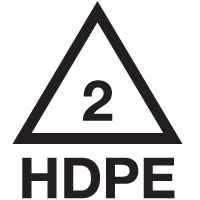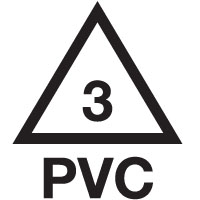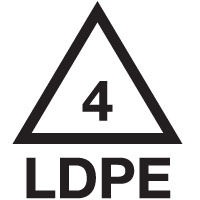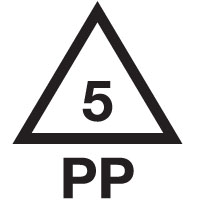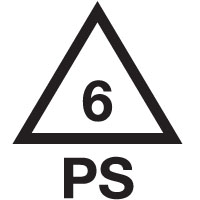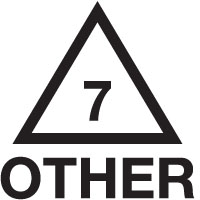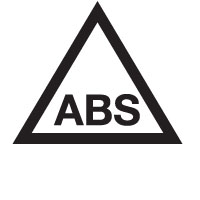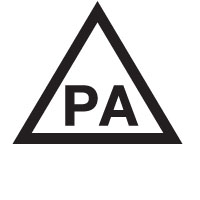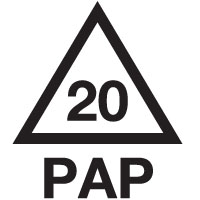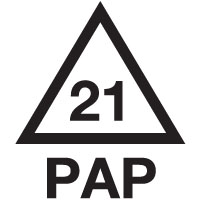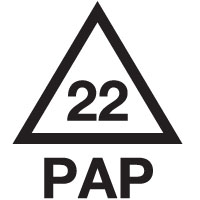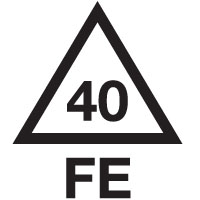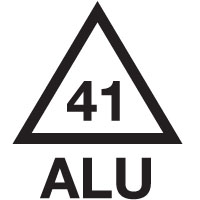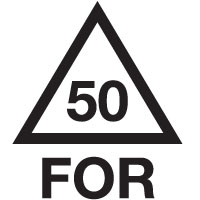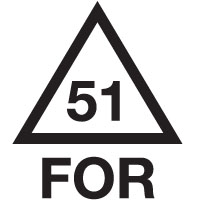At Stanley Black & Decker (SBD), our commitment to environmental and sustainability excellence throughout our product life cycle remains core to the way we operate, especially relating to climate, waste, and water.
Throughout our product’s life cycle—from product design to product use and end-of-life management—everyone in the supply chain must play their part. Please check the provisions of your local community/municipality for waste management requirements and help to ensure that reusable and recyclable materials are reused or recycled by placing them into the appropriate recycling stream. Recycling our products and packaging as effectively as possible helps to protect the future of our planet and our children.
Materials from our products and components, such as batteries, contain important raw materials and should also be managed correctly at end-of-life. These can be taken to an official waste collection center or a participating retailer. Operating and safety instructions should only be disposed of when the corresponding product is no longer in use.
If tubes, bottles, or cartridges have been filled with hazardous or toxic substances (oil, grease, other chemicals) or have come into contact with them, these materials must be disposed of separately. Please check the corresponding special waste disposal regulations of your community/municipality.
Below is an overview of the materials used at Stanley Black & Decker, including corresponding material codes and their application areas. The material code can be found either directly marked on the packaging component, described on the outer packaging, or explained below. Please always try to separate different materials identified by a different material code and reduce the volume as much as possible; for example, break down and fold up boxes.
Wherever reasonably possible, we are making the raw material codes available on every component you receive when you buy an SBD product. Those codes, and the basic collection routes that they should follow, are explained below. This information will help you to follow your local recycling guidelines and dispose of these various parts in the most appropriate way. User manuals contain additional details on the best way to recycle complete tools that have reached the end of their useful life.
Unfortunately, it is not always possible for us to mark components in a way that is both easy to read and which does not involve increasing the amount of waste generated. In cases like this, we have provided additional detail on this website to allow you to follow your local recycling guidelines for waste disposal for these unmarked parts.
The symbol shown with the material code serves as an example of its appearance. Other representations, such as arrows surrounding a triangle or non-rounded edges, are also possible
